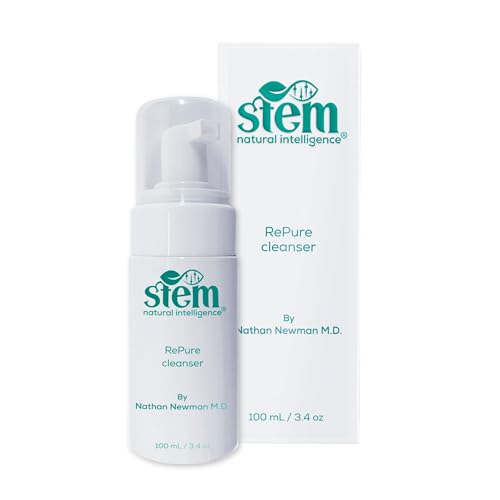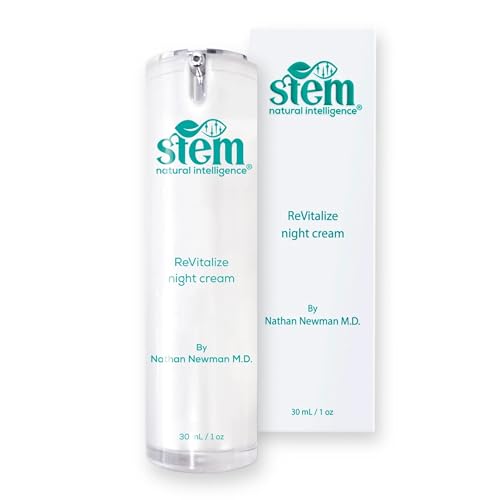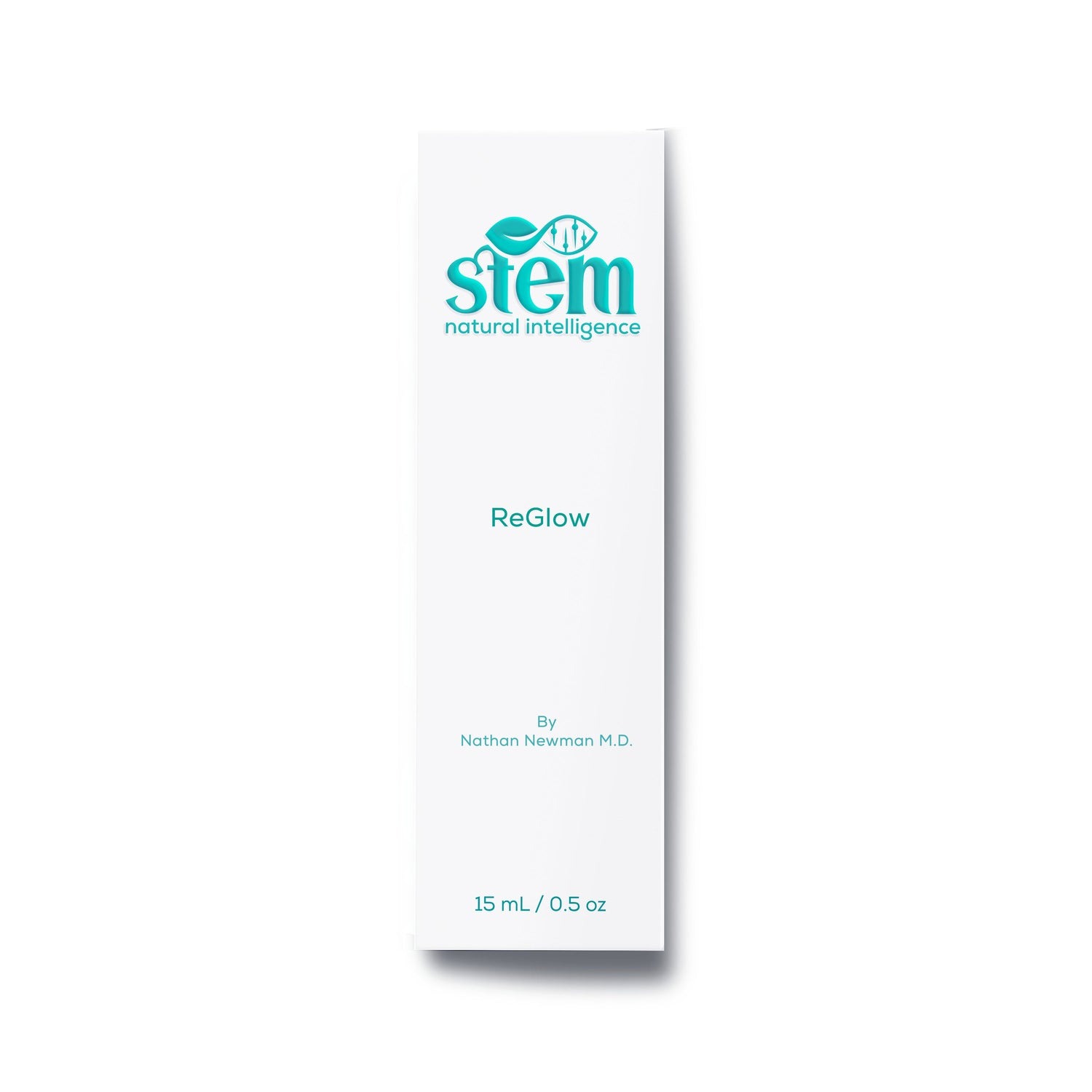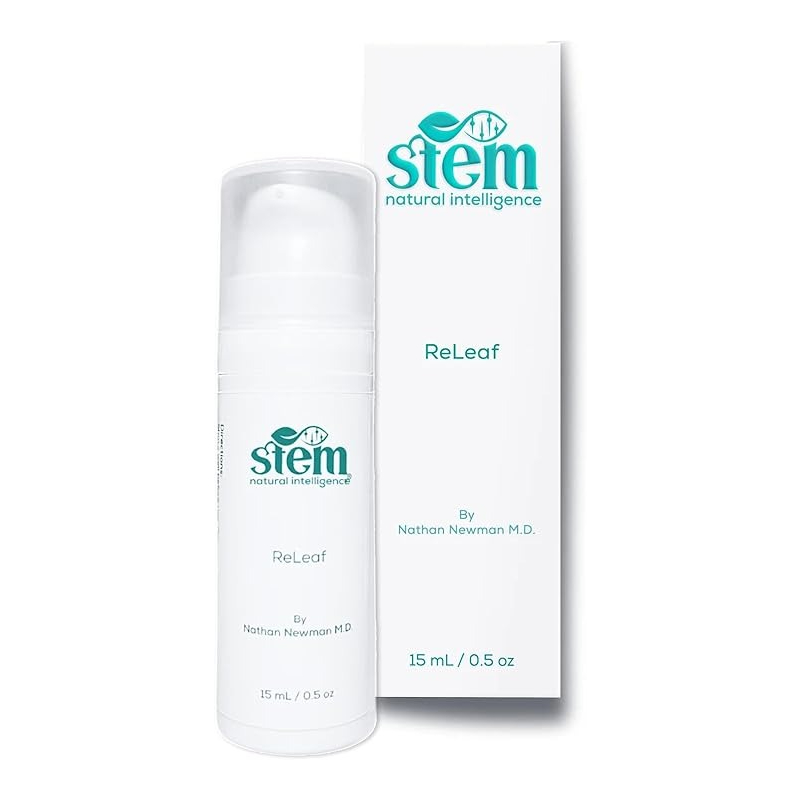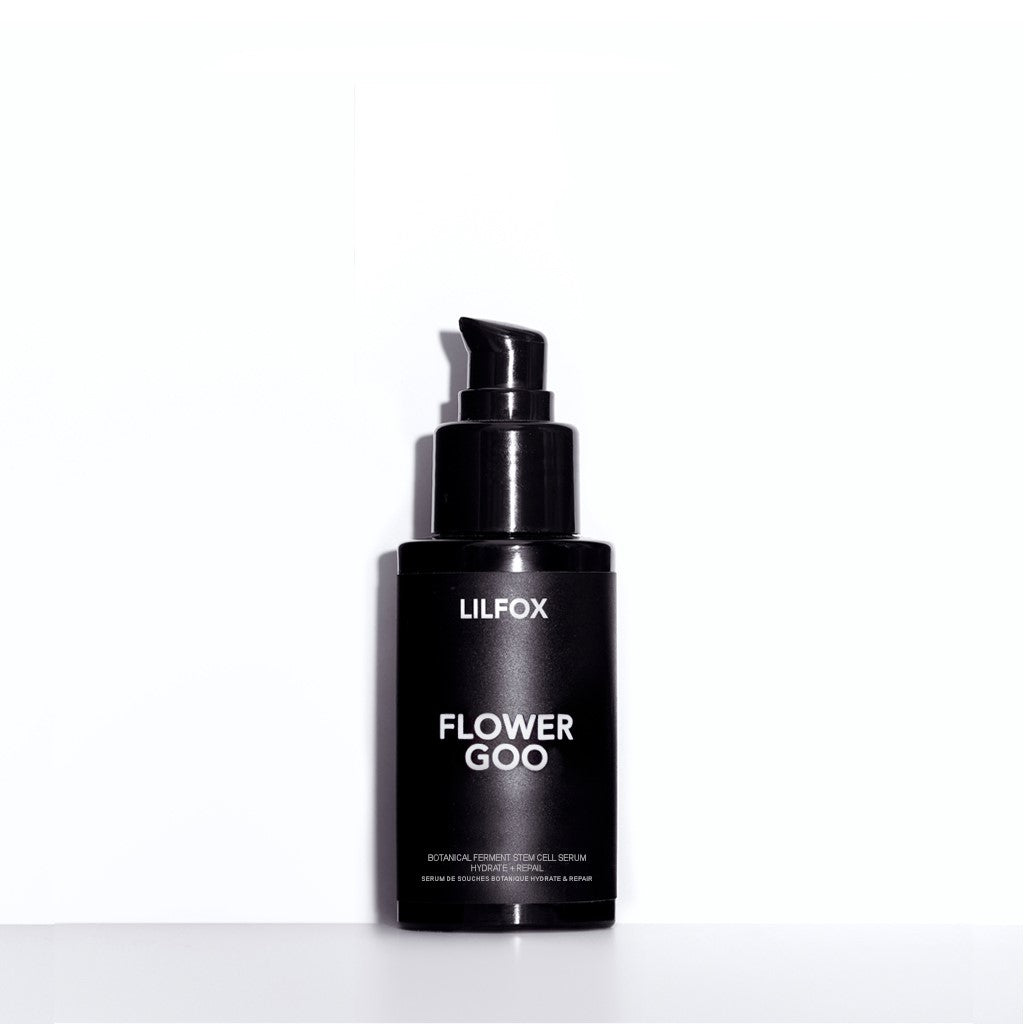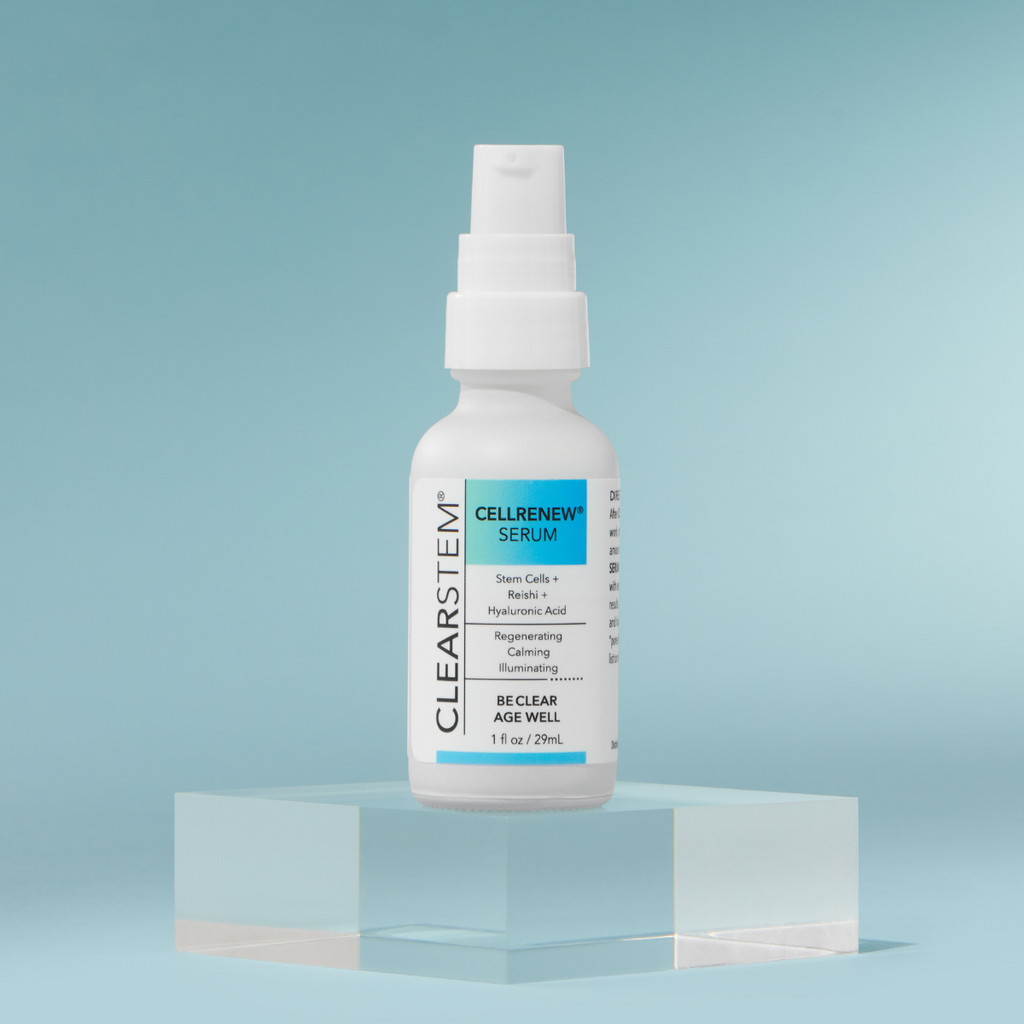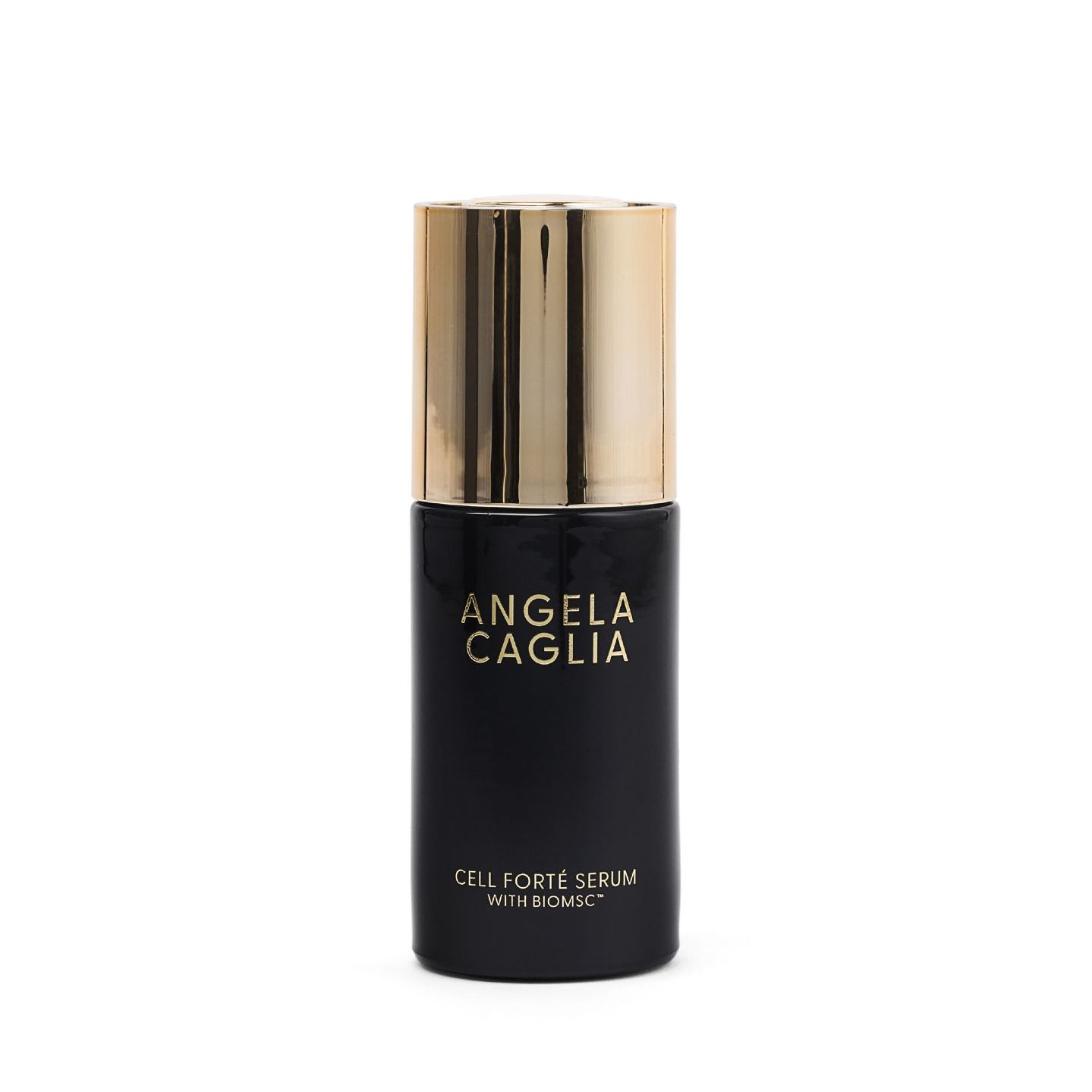A Derm Just Told Me This Under-Hyped Ingredient Can Replace My Growth Factor and Exosome Serums

Skincare can be so confusing these days. With so many emerging ingredients on the market, it's hard to know which ones are right for you to prevent premature aging, repair damage, and keep your skin clear. Lately, we've seen ingredients like growth factors and exosomes have a moment in the spotlight, but there's another potent skin-renewal helper that we often forget about: stem cells.
According to board-certified dermatologist, stem cell scientist, and cosmetic surgeon Nathan Newman, MD, human stem cells aren't always ideal for use in skincare, because they may carry undesirable pathogens and genes, but plant stem cells don't have this issue and communicate almost identically to human ones.
Newman thinks that stem cells trump all the other options out there—and for good reason. I chatted with him about the difference between stem cells, exosomes, and growth factors to get the full picture. Keep reading for everything he had to share.
Exosomes vs. Growth Factors vs. Stem Cells
Newman broke down the difference between the industry's most popular youth-enhancing ingredients right now.
Exosomes: Exosomes are small vesicles that play a role in intercellular communication and tissue regeneration. They can be derived from stem cells, plants, or human cells. "They are usually processed and not used as they are produced by the cells," says Newman. "The products are unstable and need to be processed and preserved. They are not consistent from batch to batch, so each time it is manufactured, it will have a different set of signals."
Growth factors: Similar to exosomes, growth factors are proteins that play a key role in regulation cell growth and survival. They're already produced by various cells in the body, but many companies make synthetic versions to put into skincare formulas. These proteins signal molecules to promote cell proliferation, tissue repair, and the formation of new blood vessels. According to Newman, though, their effects are short-lived and do not always regenerate tissue. Basically, you can think of exosomes as a vehicle to deliver the message and growth factors as the actual message.
Stem cell factors: Plant stem cells, on the other hand, are the means by which cells communicate and impart their actions on other cells in your body. "The entirety of this cellular language is referred to as secretomes," explains Newman. "Some of these factors are released directly into the space in between cells and others need to be packaged, as they will be degraded outside the cell, and delivered from one cell to another cell. This cellular language is a dialogue between cells, and it sets off a domino effect that can influence thousands of cells in your body by what is referred to as paracrine effect (much like hormones do as part of your endocrine effect)."
How Stem Cells Work in Skincare
Plant stem cells use a similar language to communicate as human cells. Plant-derived stem cell factors are also more accepted for use in skincare and don't carry the risks of communicable diseases as human cells do. Honestly, we don't see too many plant stem cell derived products out there on the market, and that's because the process of reproducing the same set of secretosomes from batch to batch is pretty difficult. But Newman has found a way to create an ideal set that helps the skin regenerate.
"For the first time, there is a patented process that allows the stem cells to be grown in such a way that it will not only produce a consistent set of factors, called Consortia Factors, but the process mentors the cells to produce a specific set of directions to direct the skin or hair to regenerate," he says. "In addition, this process allows the use of any cell, human or plant, to be used to produce Consortia Factors. Unlike exosomes, or isolated factors, Consortia Factors utilize a complex, synergistic network of bioactive molecules that mimic the skin’s natural healing and regenerative environment. This process allows for consistent and reproducible set of signals that can be studied and used for specific purposes, such as wrinkle correction, hair growth, skin tone [correction], etc."
Take a look below at what I'm using from Newman's stem cell rich line.
Stem Cell Skincare Products I'm Using Lately
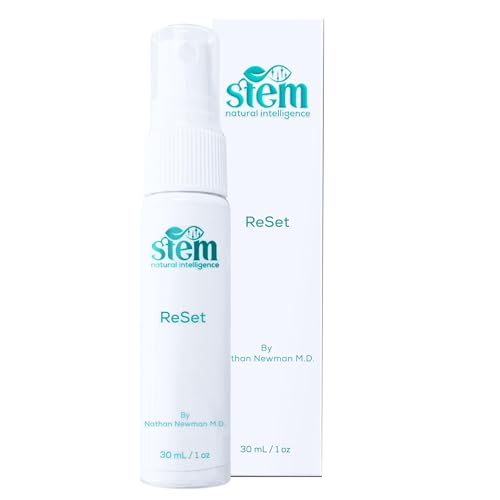
This little spray is so handy for a refresh throughout the day, and it's so hydrating. It's another great tool to have in your toolbox for barrier repair because it contains moisturizing polysaccharides and antioxidant-rich gooseberry extract. It gives you a quick boost of serious moisture or is great to use as a setting spray.
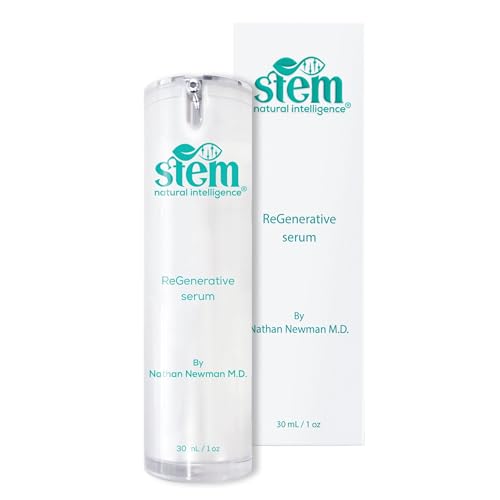
This is the crème de la crème of stem cell derived skincare. This serum contains the most stem cell factors out of the entire line and is designed to visibly reduce the appearance of wrinkles, promote even skin tone, and boost elasticity. It also help to support the production of collagen in the skin and floods it with antioxidants that give you a boost of radiance.
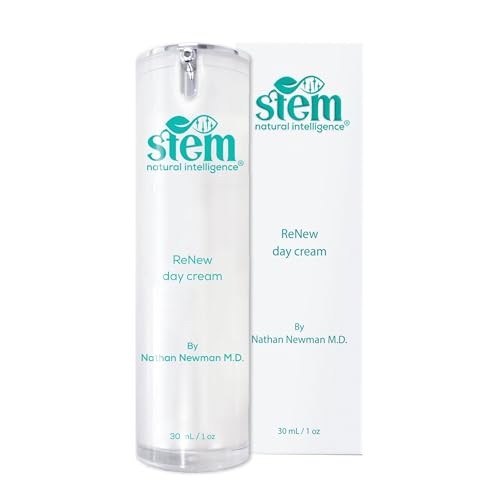
Containing a host of skin-perfecting ingredients, this day cream is lightweight and noncomedogenic yet still super hydrating. As with all of Stem's products, this cream contains a host of plant-based stem cells along with vitamin E, Coenzyme Q10, and gluconolactone to mildly exfoliate the skin.
More Stem Cell Skincare to Try
Shawna Hudson is a beauty, wellness, lifestyle, and travel writer with over 10 years of experience. She graduated from California State University, Fullerton, with a degree in journalism and has written for other publications such as Bustle, The Zoe Report, Byrdie, Elite Daily, and more. She is currently a beauty writer atBest Knockoff Luxury Clothing and hopes to continue feeding her (completely out-of-control) beauty obsession as long as she can. Stay up to date on her latest finds on Instagram @shawnasimonee.
